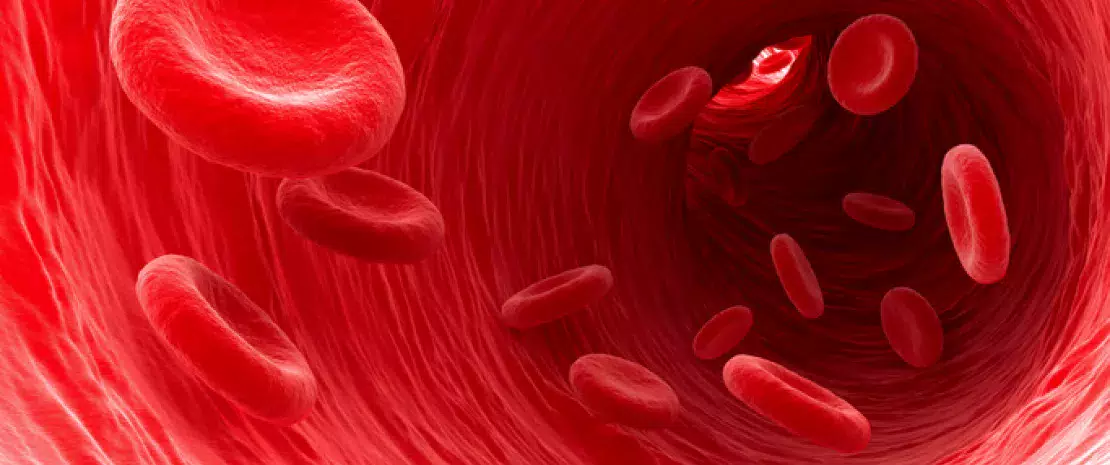Can the intestinal microbiota be used to predict post-hsct survival?
In blood cancer patients undergoing a hematopoietic stem cell transplantation (HSCT), a more diverse intestinal microbiota is associated with reduced mortality.
Sources
This article is based on scientific information

About this article
(sidenote: The patient receives stem cells from a histocompatible donor ) . However, the risks involved are significant, foremost among them the potentially lethal (sidenote: Graft-versus-host disease Immune response directed against host cells initiated by cells transplanted from the donor ) . It remains difficult to foresee when such complications will arise in a given patient. The intestinal microbiota, which plays a role in immunity and whose balance is disturbed in patients undergoing HSCT, could prove useful in this regard.
A multicenter study spanning three continents
A team sought to characterize the potential links between microbial composition and post-transplant prognosis, at the same time testing whether its findings were dependent on the patient’s place of care. Although alterations in the intestinal microbiota had already been linked to HSCT and its prognosis, it remained unclear whether these links were consistent in nature. A study was therefore carried out on 1,362 allograft patients (average age of 53 years) from four medical centers (New York and Durham, USA; Regensburg, Germany; Sapporo, Japan), allowing for between-center comparisons.
Survival linked to post-op diversity of microbiota
The study showed that greater diversity in the gut microbiota (α diversity), measured 7 21 days after the transplant (neutrophil development period), was associated with a lower risk of death (approximately 30%-50% lower, depending on the center and model) within 24 months from the procedure. In some patient subgroups, greater diversity was also associated with a reduction in transplant-related mortality and GvHD-related mortality.
Certain taxa are over-represented in the postoperative setting
The loss of diversity in the microbiota has also been associated with the over-representation of certain taxa of Enterococcus, Klebsiella, Escherichia, Staphylococcus and Streptococcus genera. This predominance of a specific taxon in the microbiota of transplant patients had already been reported in a previous study. Although not found in all patients, it was observed in all four centers. In short, allografts are frequently associated with an alteration of the microbiota and characteristic microbial profiles.
Pre-operative microbiota: a predictive tool?
The researchers also looked at the microbial profile of patients prior to transplant. By comparing patients to healthy control subjects, the researchers showed that their microbiota already presented a dysbiosis pre-transplant. Moreover, in the New York center, greater pre-operative diversity predicted successful outcomes. Ultimately, these results may lead to the development of clinical strategies to improve post-transplant prognosis by regulating the microbiota at two key moments, either before the transplant or during the neutrophil development period.










